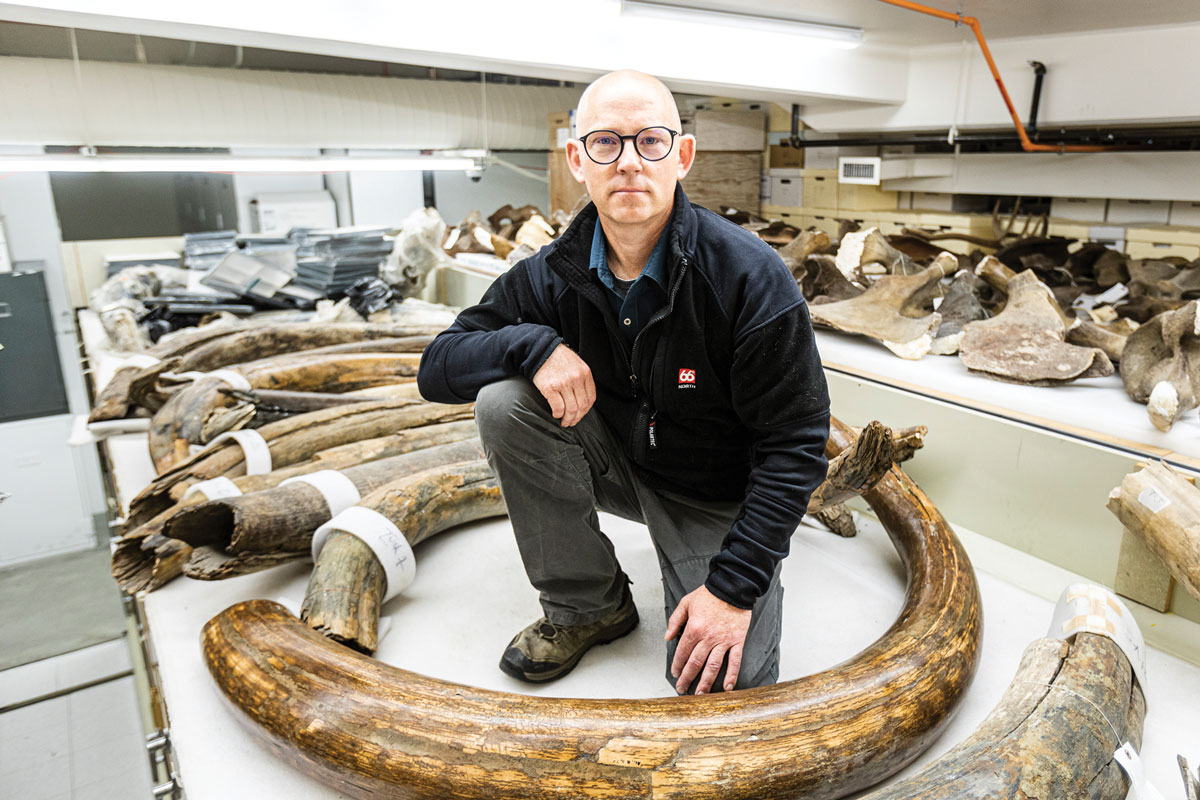Advertisement
Grab your lab coat. Let's get started
Welcome!
Welcome!
Create an account below to get 6 C&EN articles per month, receive newsletters and more - all free.
It seems this is your first time logging in online. Please enter the following information to continue.
As an ACS member you automatically get access to this site. All we need is few more details to create your reading experience.
Not you? Sign in with a different account.
Not you? Sign in with a different account.
ERROR 1
ERROR 1
ERROR 2
ERROR 2
ERROR 2
ERROR 2
ERROR 2
Password and Confirm password must match.
If you have an ACS member number, please enter it here so we can link this account to your membership. (optional)
ERROR 2
ACS values your privacy. By submitting your information, you are gaining access to C&EN and subscribing to our weekly newsletter. We use the information you provide to make your reading experience better, and we will never sell your data to third party members.
Forensic Science
Raman spectra of bloodstains could reveal age range of suspects or victims
Study with blood donors pinpoints age-related intensity differences of particular peaks
by Celia Arnaud
July 1, 2018
| A version of this story appeared in
Volume 96, Issue 27

Bloodstains at a crime scene can provide information about suspects or victims that can guide an investigation. Igor K. Lednev’s group at the University at Albany previously showed that Raman spectra of bloodstains can differentiate races and determine the sex of the individual—without DNA analysis. Now, Lednev and Kyle C. Doty show that Raman can also distinguish among blood from people in different age groups (ACS Cent. Sci. 2018, DOI: 10.1021/acscentsci.8b00198). Lednev and Doty collected spectra of bloodstains from three age groups—infants (younger than one year), adolescents (11–13 years old), and adults (43–68 years old). Hemoglobin dominates Raman spectra of blood when practitioners use an excitation wavelength of 785 nm. The intensity of peaks, particularly those at 375 cm−1 and in the 1,210–1,270 cm−1 region, differentiated the age groups, likely on the basis of small differences in protein secondary structure associated with age. Lednev plans to fill in gaps in the age model by analyzing bloodstains from additional age groups, with the goal of eventually building a model that will be able to determine chronological age rather than just an age group.




Join the conversation
Contact the reporter
Submit a Letter to the Editor for publication
Engage with us on Twitter